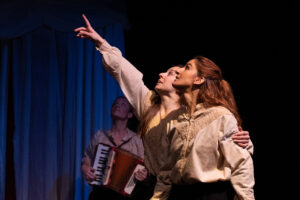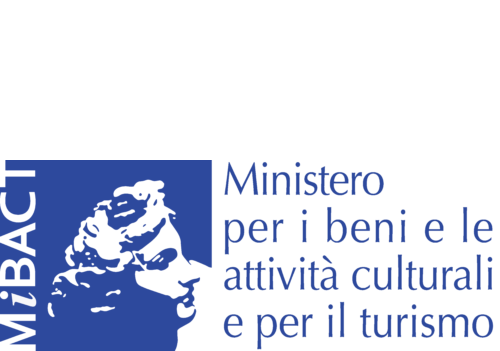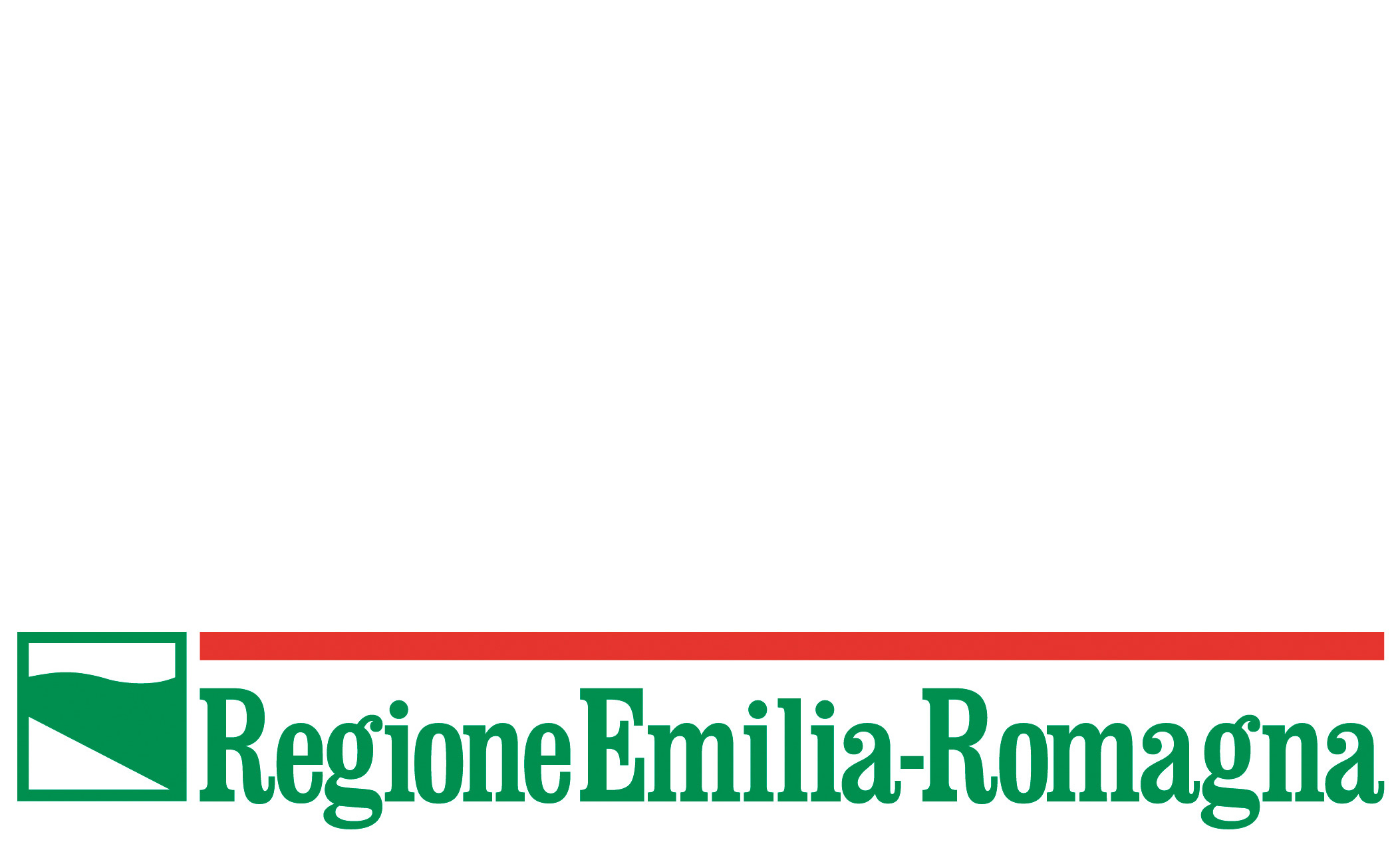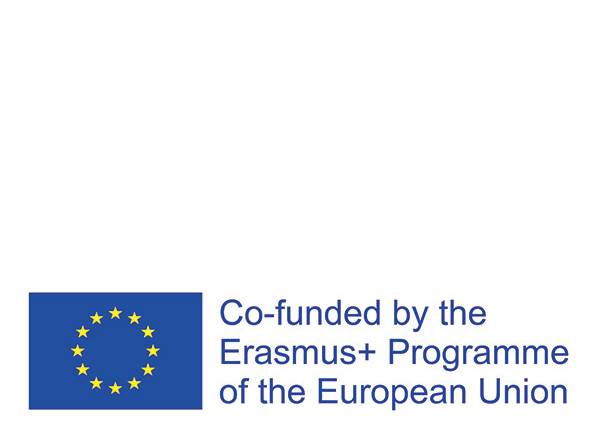 Directed by Natasha Czertok
Directed by Natasha CzertokCostumes and scenes Maria Ziosi ansd Gianandrea Munari
Kites Maurizio Cenci / Vulandra
Lights Franco Campioni
with Natasha Czertok, Martina Mastroviti, Lisa Bonini
A Teatro Nucleo production
with the support of the Ministry of Cultural Heritage and Activities and the Emilia Romagna Region.
Vega’s diary travels through the centuries passing from hand to hand, from nephew to nephew, to finally reach Matilda, that today will receive it as a birthday present from her grandmother. Opening it, she will discover a painful story involving the Holy Inquisition, superstition and suspicions on the relationship with nature and with archaic feminine cults. It is a story made of hard choices; but also of important encounters and adventurous journeys.
It is time for Matilda to know where she comes from and who Vega, her brave ancestor, was. It is a feminine gaze on the world, the diary of an escape that is also the stream of consciousness of a young woman in search of her own identity.
That is how Vega’s diary begins. When the grandmother is sentenced to death for witchcraft, Vega leaves to escape from the same destiny, first in the countryside, then on a boat that will bring her to a distant country, where she hopes to find a new home, a place where to be someone new. However, she discovers that it is not easy to escape, and she soon becomes the object of superstitions and suspicions that could bring her to the same ending as her grandmother.
The languages chosen for this “coming-of-age show” are dance theatre and figure theatre. Masks, marionettes and actresses in bone and flesh alternate on stage to bring life to two dimensions: the present one, Matilda’s grandmother’s living room, and the past one, Matilda’s imagination. The diary is a limen through which we will discover a story about ancient persecutions, that will also make us think about today’s persecutions, those reserved to women and not only.
About the show: The Vega’s Journey




Lascia un commento